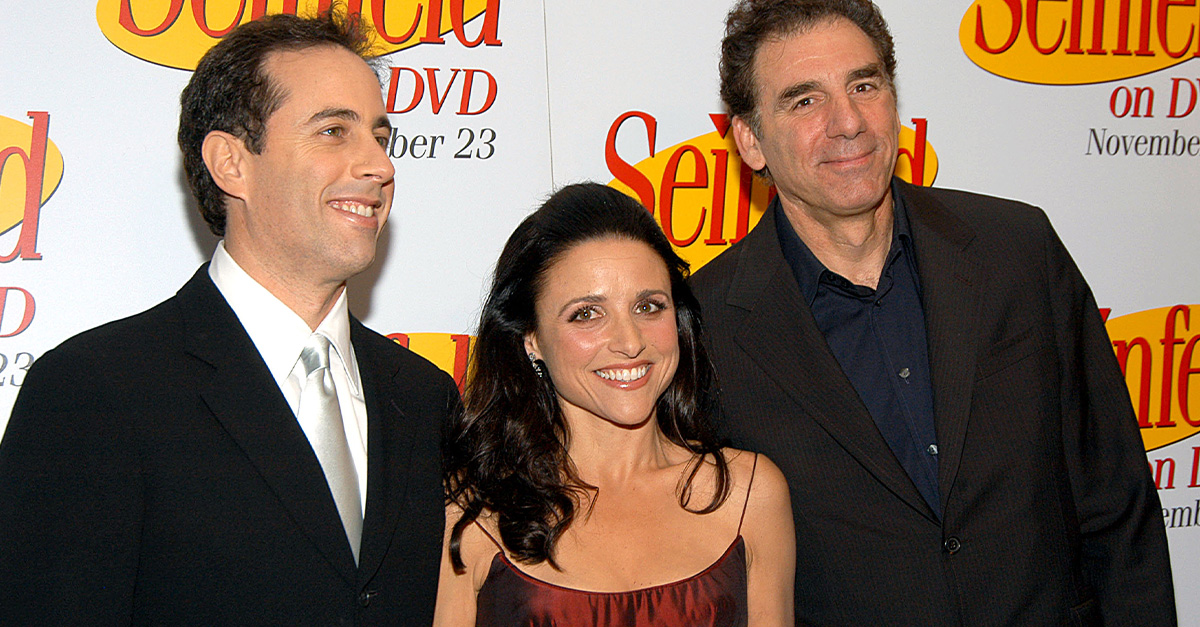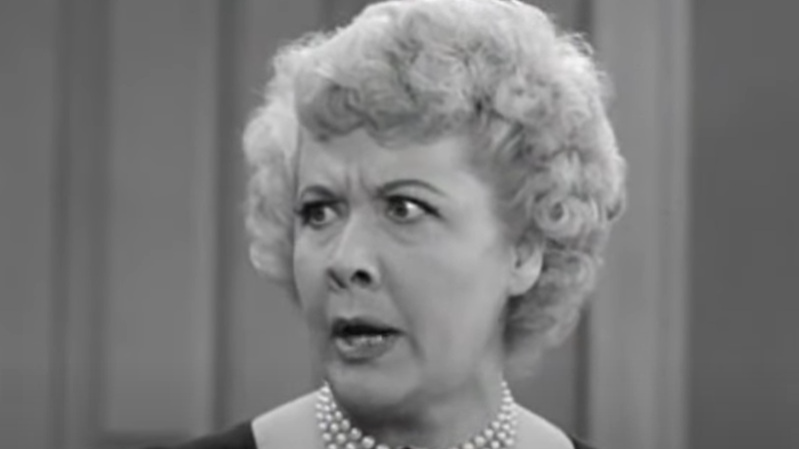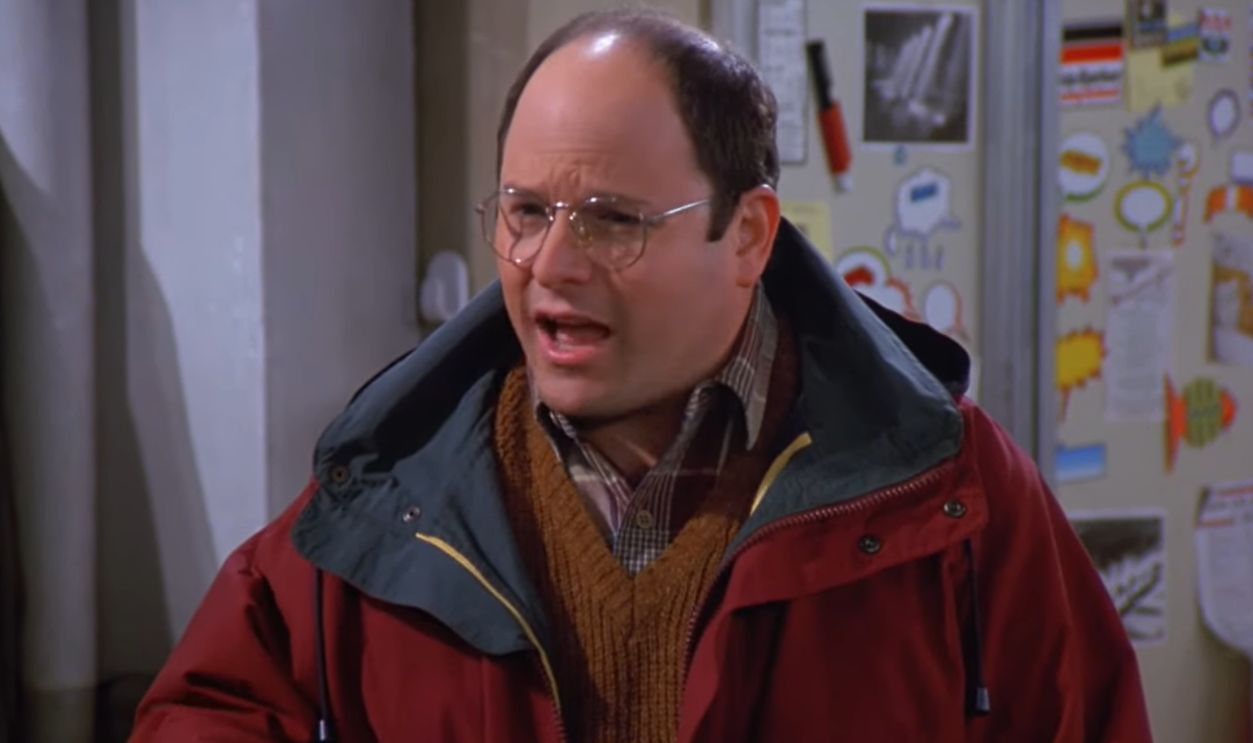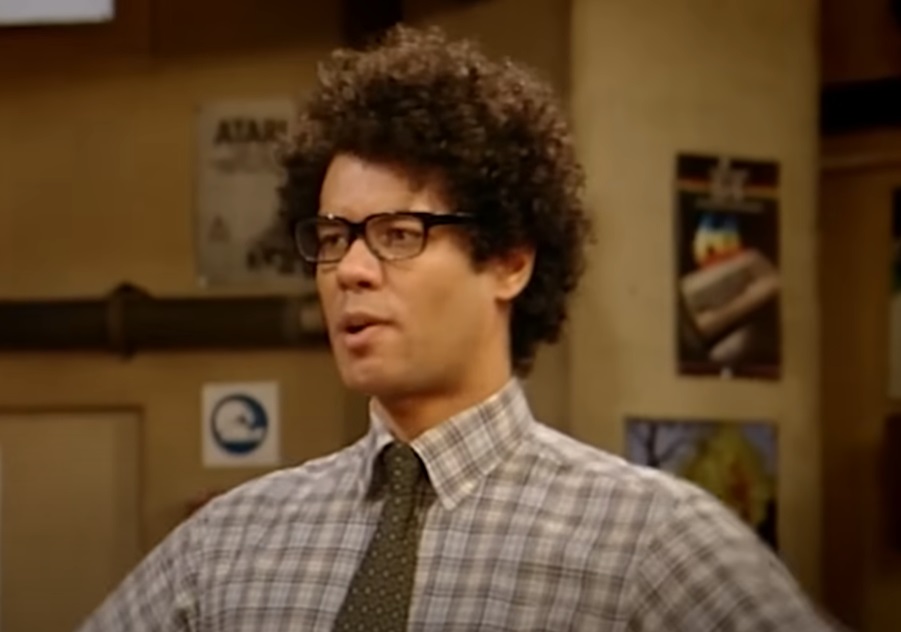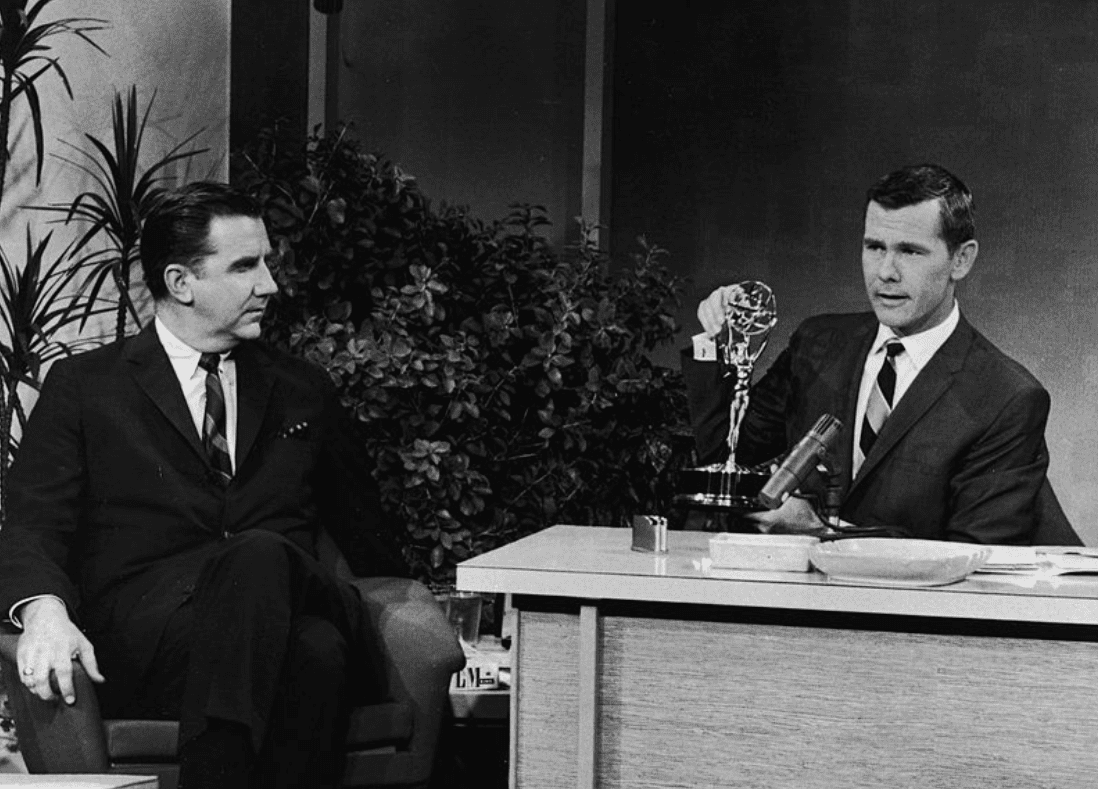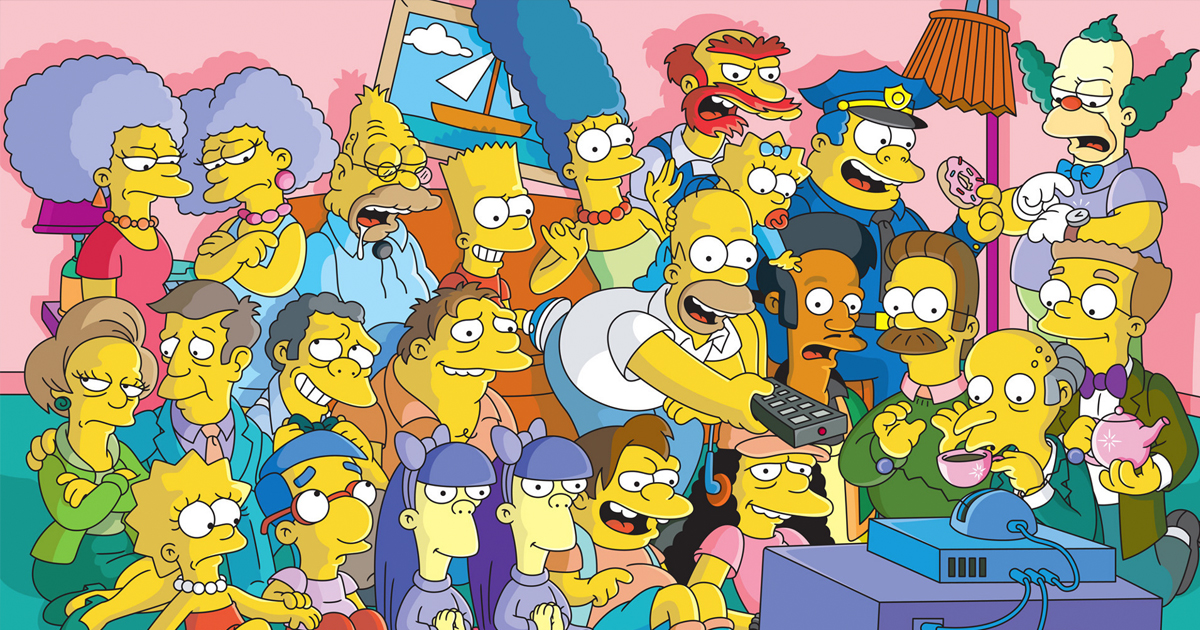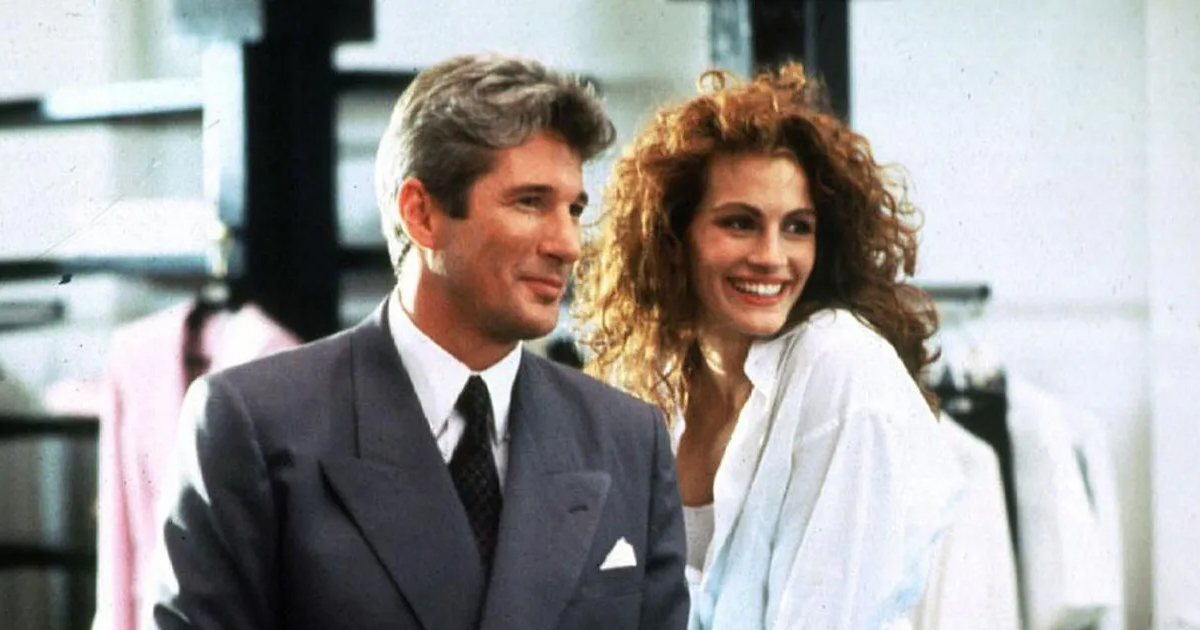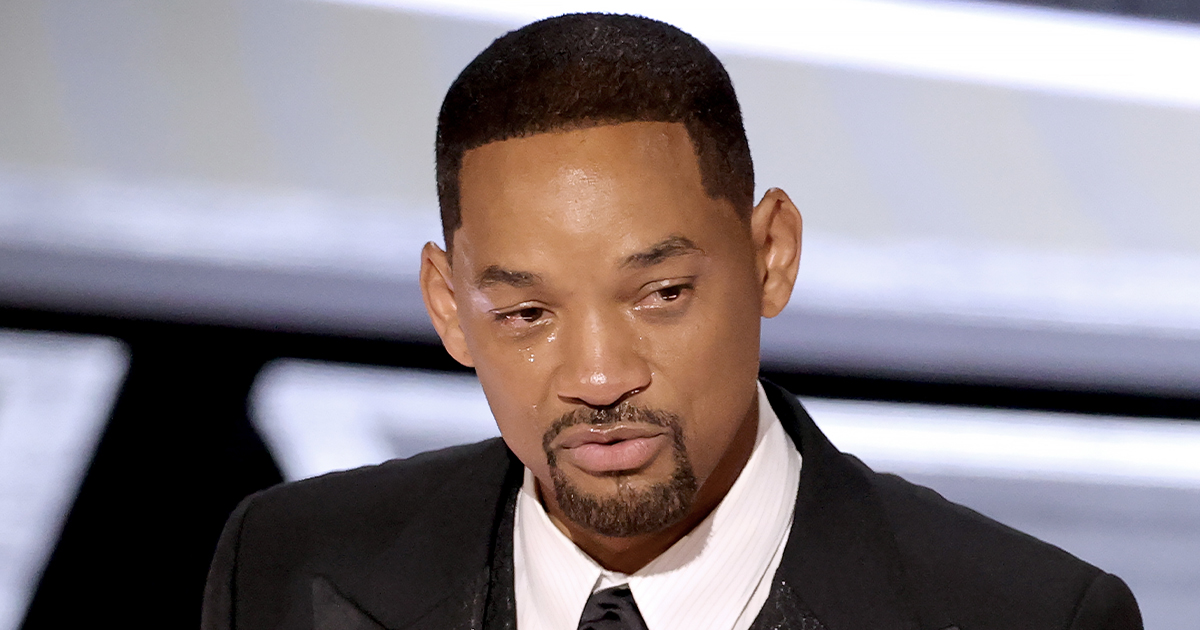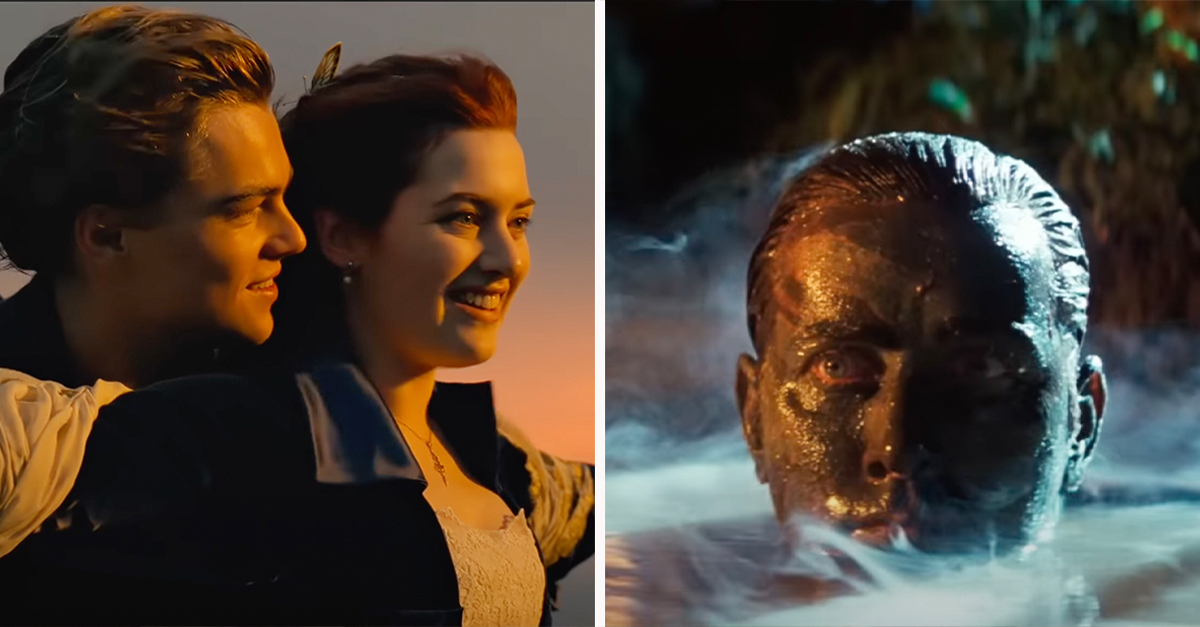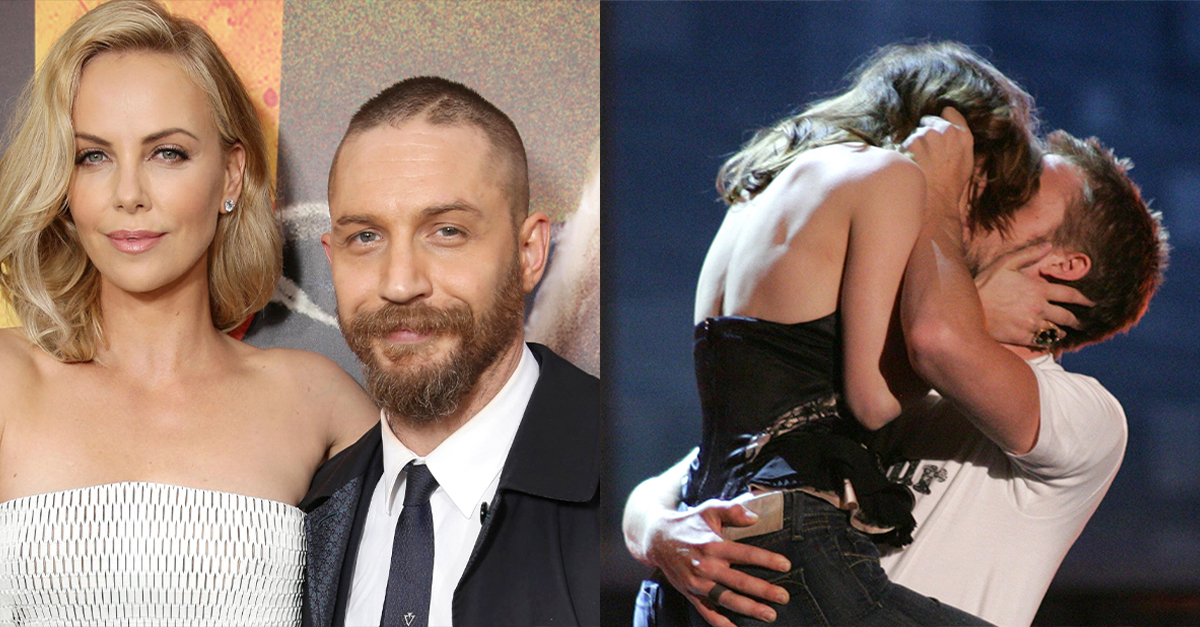Who Is Your Favorite TV Sidekick Ever?
Television history is filled with unforgettable leading characters, but sometimes it’s the sidekick who steals the spotlight. From bumbling deputies to sharp-tongued neighbors, these supporting players bring the heart, chaos, or comic relief that makes a show truly memorable. The best sidekicks aren’t just background characters—they’re scene-stealers who elevate every joke, every scheme, and every heartfelt moment. In celebrating the funniest TV sidekicks of all time, we’re looking at the characters who turned “supporting role” into an art form, proving that laughter often comes from the person standing just off to the side.
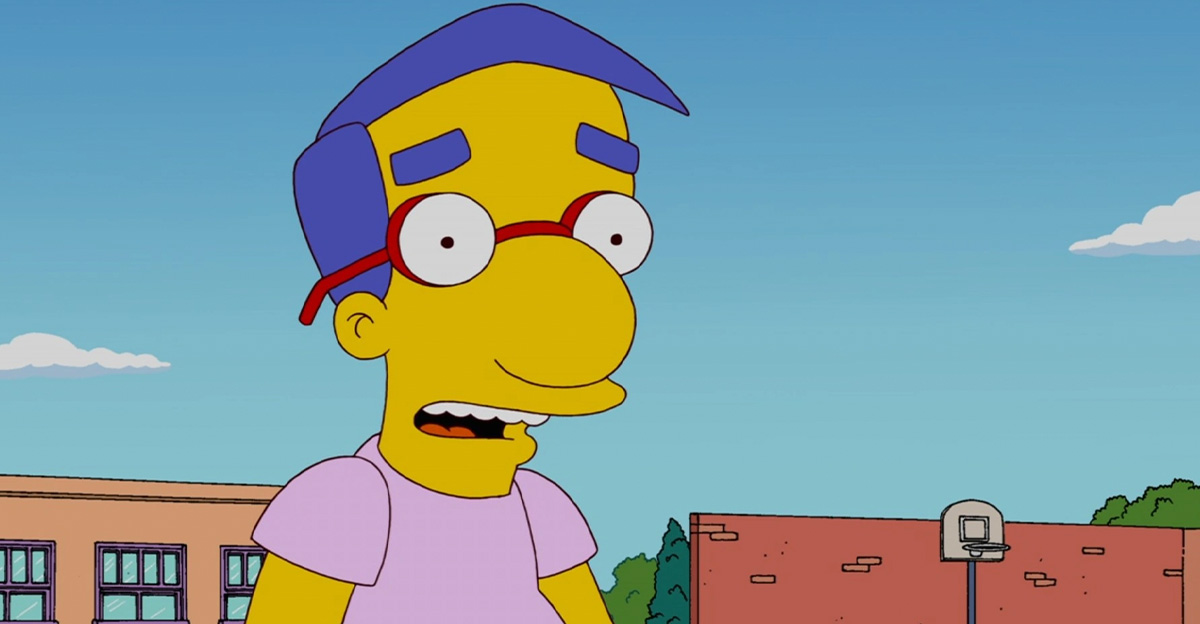
Barney Fife (The Andy Griffith Show)
Don Knotts’ high-strung, bullet-limited deputy is the template for sitcom sidekicks: endlessly loyal to Andy, gloriously overconfident, and hilariously inept. Knotts’ timing (and five-season run as a regular before guest returns) made Mayberry’s lawman the show’s comic engine as much as its backup.
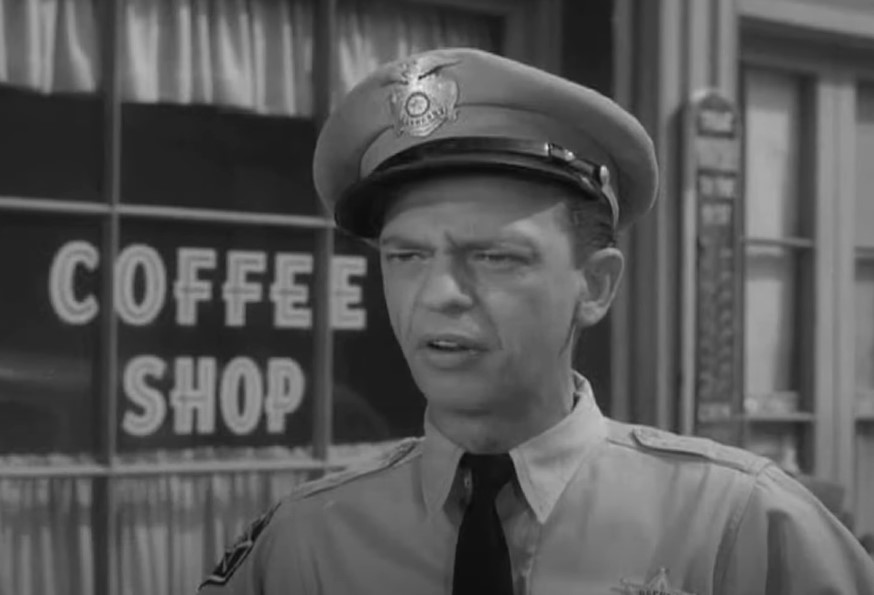 CBS, The Andy Griffith Show (1960–1968)
CBS, The Andy Griffith Show (1960–1968)
Ed Norton (The Honeymooners)
Art Carney’s sewer worker is the perfect counterweight to Ralph Kramden—openhearted, rubber-limbed, and blissfully dim. Norton’s physical bits and deadpan rejoinders helped define the classic two-couple format and earned Carney a shelf of Emmys on the way to TV immortality.
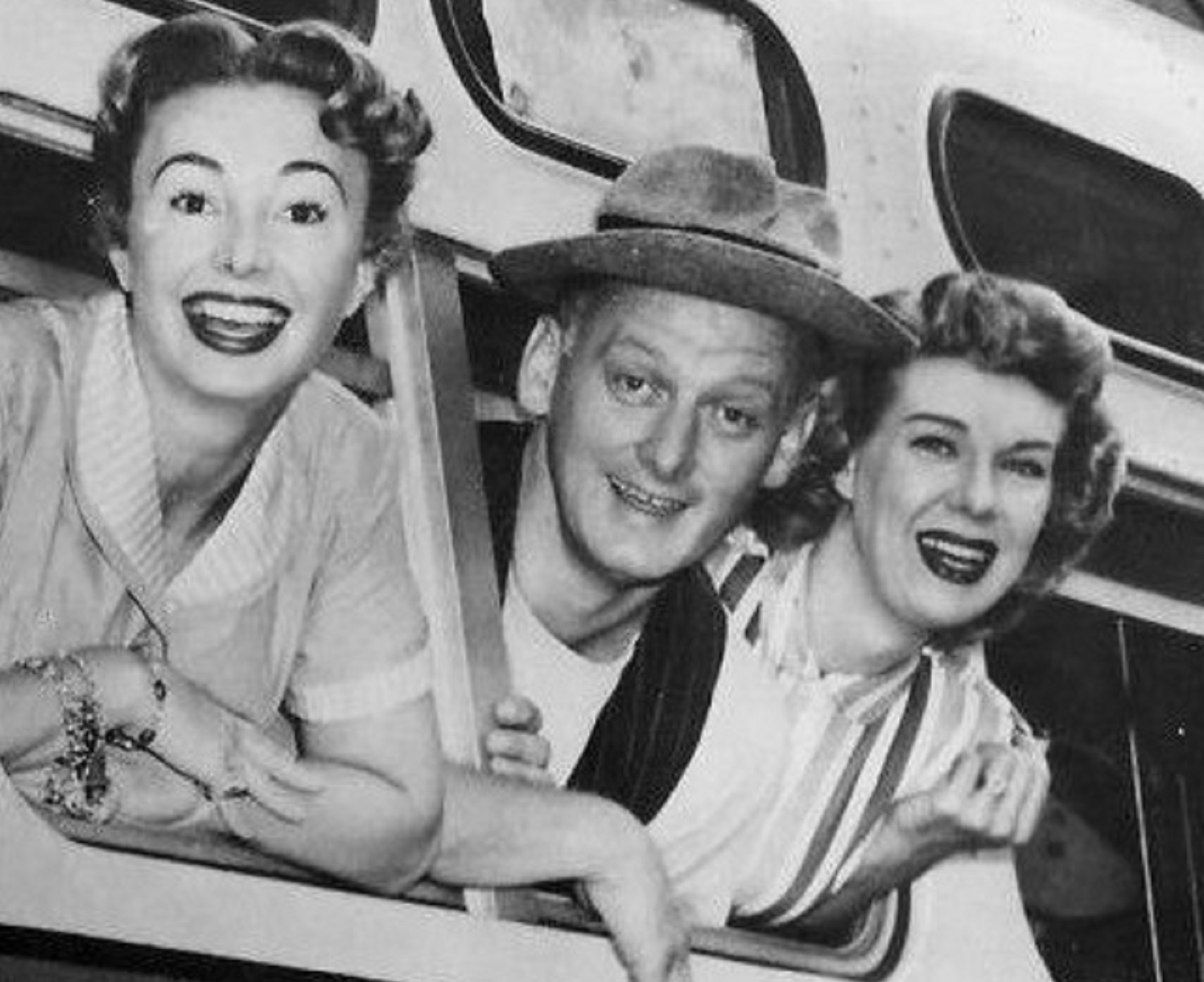 CBS Television, Wikimedia Commons
CBS Television, Wikimedia Commons
Ethel Mertz (I Love Lucy)
Vivian Vance’s Ethel is more than Lucy’s neighbor; she’s a co-conspirator who grounds and goads Lucy’s chaos. Vance even won an Emmy for the role and maintained a lifelong bond with Lucille Ball—on screen and off—which sharpened their double-act spark.
George Costanza (Seinfeld)
As Jerry’s forever-scheming best friend, Jason Alexander turned neurosis into an art form: petty, prideful, and painfully relatable. George’s scams (and side-quests like the Yankees job) broadened Seinfeld’s world while delivering some of the show’s most quotable meltdowns.
Cosmo Kramer (Seinfeld)
Kramer is chaos incarnate: door-slides, hair, “Kramerica,” the manssiere, and a thousand half-baked hustles. Michael Richards’ balletic physical comedy makes Kramer the human whoopee cushion of Monk’s Café—and a case study in how a side entrance can steal a scene.
Patrick Star (SpongeBob SquarePants)
SpongeBob’s best friend is Bikini Bottom’s philosopher-fool. Patrick’s guileless sincerity and world-class stupidity (with the occasional savant detour) deliver kid-friendly absurdism that still crushes with adults—plus he’s funny doing absolutely nothing.
 Nickelodeon, SpongeBob SquarePants (1999-)
Nickelodeon, SpongeBob SquarePants (1999-)
Barney Rubble (The Flintstones)
Fred’s easygoing neighbor and partner in prehistoric mischief, Barney brings “okay, Fred” warmth and a subtler, often sly sense of humor that softens Bedrock’s bluster. Decades of spinoffs kept his affable sidekick energy alive for generations.
 ABC, The Flintstones (1960-1966)
ABC, The Flintstones (1960-1966)
Robin (Batman, 1966)
Burt Ward’s Boy Wonder perfected the gee-whiz crime-fighting counterpoint to Adam West’s campy straight man. With memorable catchphrases and do-gooder pep, Robin turned the Dynamic Duo into a pop-art comedy team.
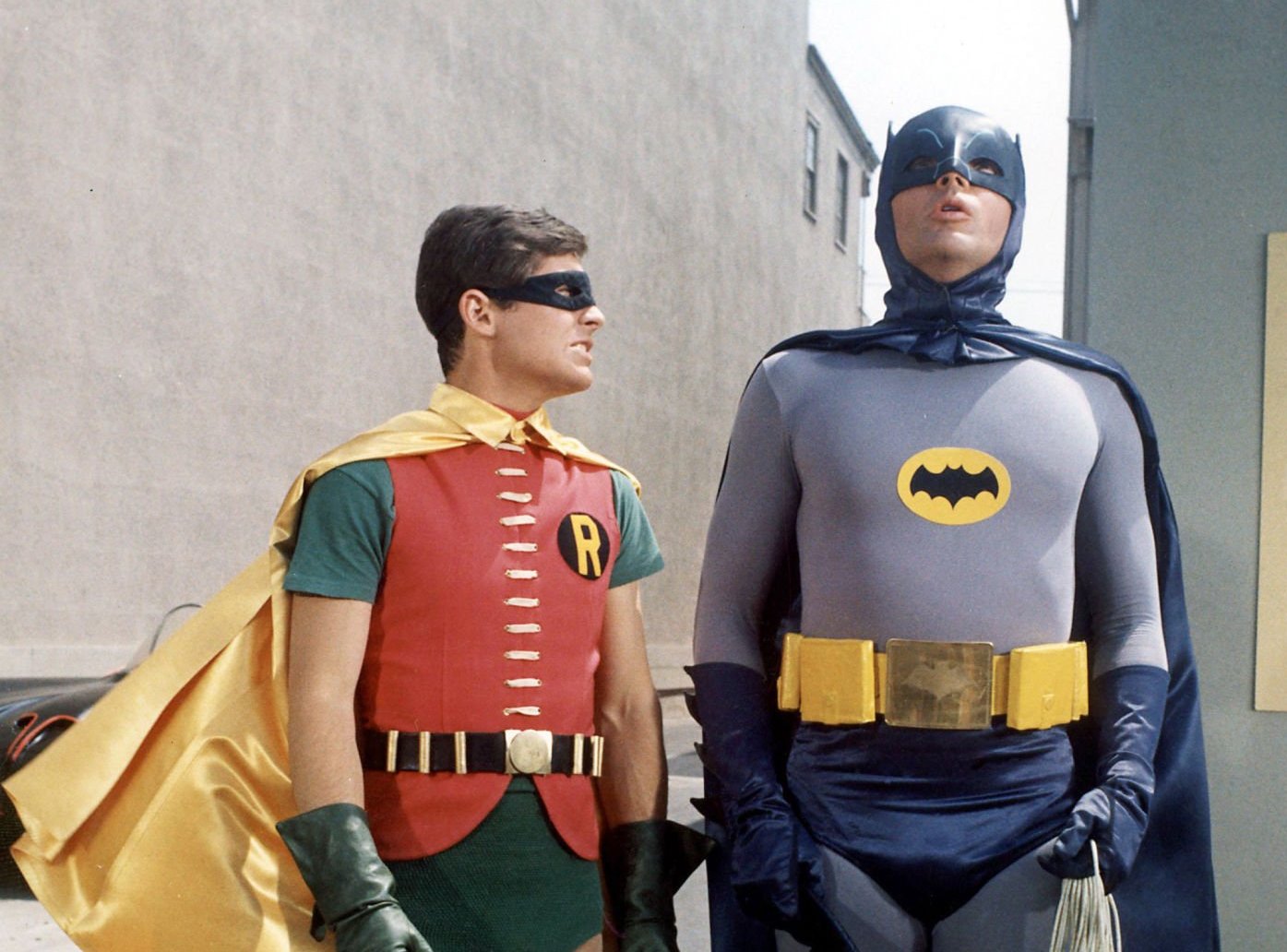 Silver Screen Collection, Getty Images
Silver Screen Collection, Getty Images
Dr. John Watson (Sherlock, BBC)
Martin Freeman’s modern Watson is brave, dryly funny, and forever exasperated—Sherlock’s moral compass and comedic foil. His grounded reactions and blog-as-running-gag keep the series human while highlighting Holmes’s oddities.
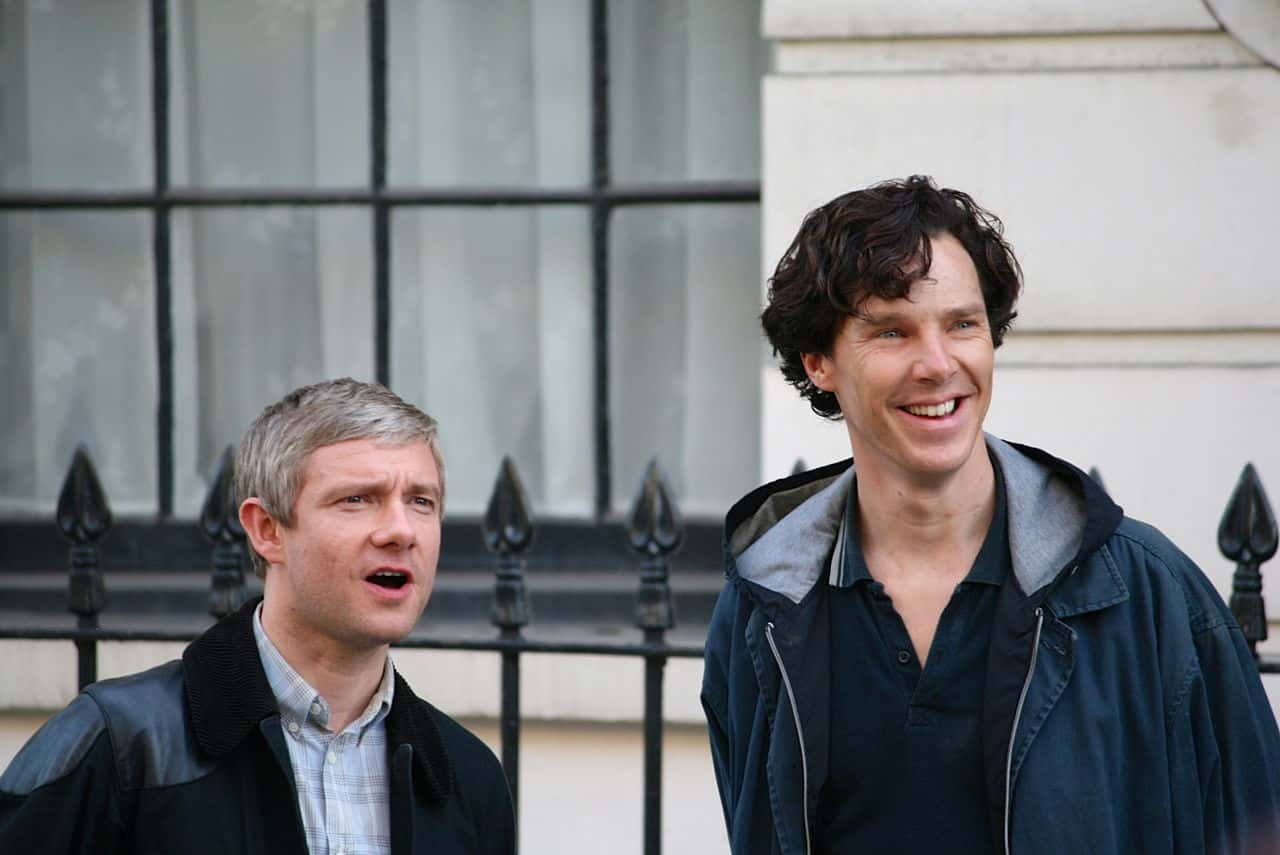 Saschaporsche, CC BY-SA 3.0, Wikimedia Commons
Saschaporsche, CC BY-SA 3.0, Wikimedia Commons
Tonto (The Lone Ranger)
Jay Silverheels’ dignified portrayal of the Ranger’s partner anchored a 1950s phenomenon and redefined the “faithful companion.” Tonto’s calm competence and laconic wit balanced the masked hero’s theatrics across 217 episodes.
 Wrather Productions, The Lone Ranger (1949–1957)
Wrather Productions, The Lone Ranger (1949–1957)
Dwight Schrute (The Office)
Assistant (to the) Regional Manager, beet farmer, volunteer sheriff’s deputy—Dwight is a one-man comedic ecosystem. His militant loyalty to Michael Scott, bizarre codes, and intense rivalries (hello, Jim) made him the Scranton branch’s funniest true believer.
Father Dougal McGuire (Father Ted)
Ardal O’Hanlon’s saint of stupidity is pure, puppyish delight. Dougal’s childlike misunderstandings and wide-eyed sincerity transform every parish disaster into a surreal farce—and cement him among TV’s most beloved fools.
 Channel 4, Father Ted (1995–1998)
Channel 4, Father Ted (1995–1998)
Baldrick (Blackadder)
“I have a cunning plan.” Tony Robinson’s immortal dogsbody evolves across centuries from dim squire to trench-bound private, always the clueless ballast to Blackadder’s acid. His malapropisms and misfired schemes are British sitcom canon.
Niles the Butler (The Nanny)
Daniel Davis sharpened the art of the quip as Fran Fine’s acerbic ally—weaponizing eyebrow lifts, door slams, and merciless C.C. Babcock zingers. Beneath the snark, Niles’ loyalty gives the show its cozy center.
Milhouse Van Houten (The Simpsons)
Bart’s nebbishy best friend is Springfield’s patron saint of second bananas: needy, unlucky, and endlessly memeable. Milhouse turns adolescent angst into jokes that land for kids and grown-ups alike (so often at his own expense).
Fez (That ’70s Show)
The foreign exchange student of indeterminate origin, Fez toggles between wide-eyed innocence and mischievous horn-dog, adding left-field punchlines to the basement circle. Wilmer Valderrama’s elastic delivery keeps the gang off-balance.
 Twentieth Century, That '70s Show (1998–2006)
Twentieth Century, That '70s Show (1998–2006)
Kenneth Parcell (30 Rock)
Jack McBrayer’s eternally chipper NBC page is corporate TV’s court jester. Kenneth’s aw-shucks optimism and uncanny, possibly immortal biography turn network cynicism into running gags—and make him Liz Lemon’s sweetest sidekick.
Maurice Moss (The IT Crowd)
Richard Ayoade’s socially literal tech savant deadpans his way through fire drills, voicemail avalanches, and stress-induced tea making. Moss’s hyper-precise logic and accidental heroics are masterclasses in nerd-comedy timing.
Ed McMahon (The Tonight Show Starring Johnny Carson)
The ultimate talk-show second banana: booming “Heeere’s Johnny!”, impeccable laugh, and genial glue. McMahon set the gold standard for late-night sidekicks over three decades, calibrating energy so the host could soar.
Andy Richter (Late Night / Conan / Conan)
Conan O’Brien’s quick-witted couch mate perfected the modern meta-sidekick—jumping into sketches, puncturing bits, and volleying with the host as an equal. Richter’s presence keeps the monologue playful and the desk segments unpredictable.
 NBC, Late Night with Conan O'Brien (1993-2009)
NBC, Late Night with Conan O'Brien (1993-2009)
Why These Sidekicks Endure
From Mayberry and Bedrock to Scranton and Bikini Bottom, a great sidekick amplifies a lead without eclipsing them: a mirror, a foil, a friendly chaos engine. Whether they’re schemers (George), innocents (Dougal), pragmatists (Watson), or human cartoon characters (Kramer), their jokes land because they’re rooted in relationships audiences care about. That alchemy—chemistry plus contrast—is why we still quote them, celebrate them, and build entire nights of TV around their entrances.
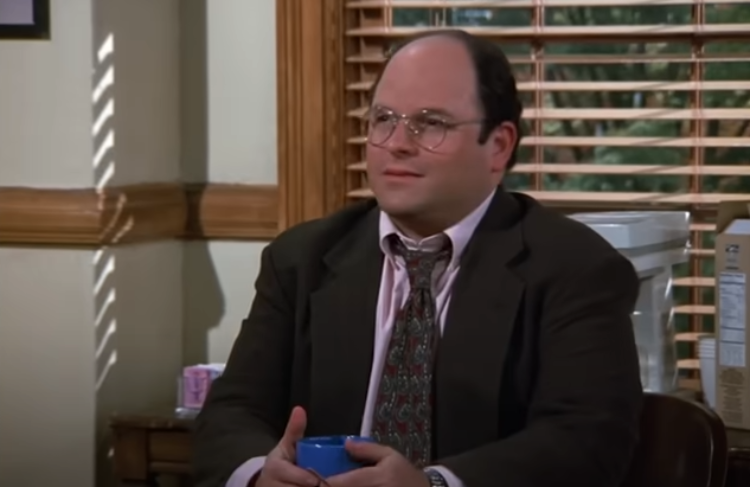 West-Shapiro. Seinfeld (1989–1998)
West-Shapiro. Seinfeld (1989–1998)
The Greatest Soap Operas Ever Made
The Most Iconic Live Albums Ever Recorded

